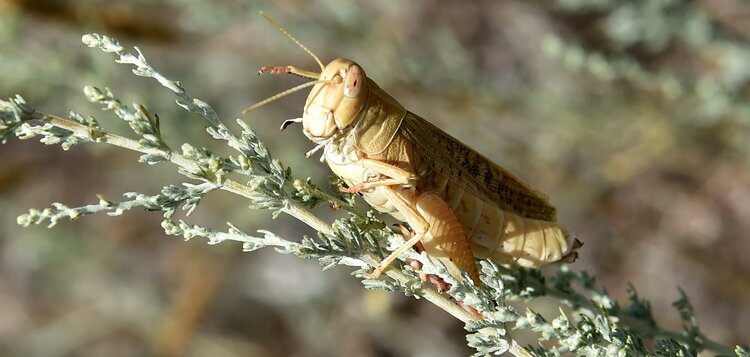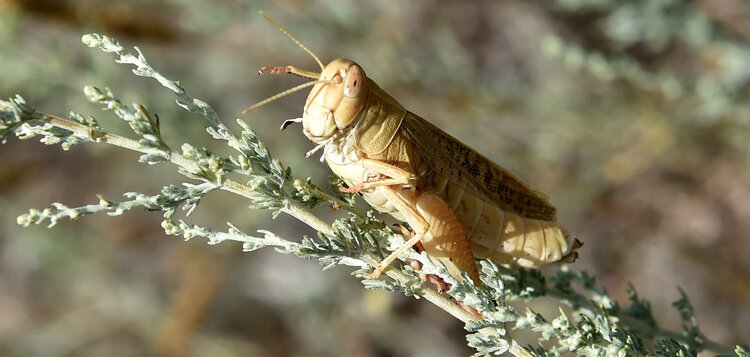Kazakhstan Poised to Battle Bombardment of Locusts
At a government meeting on locust control on March 28th, Kazakhstan’s Deputy Minister of Agriculture, Azat Sultanov reported that this year, locust swarms are predicted to hit 2.5 million hectares of agricultural land in Kazakhstan, compared to 1.6 million hectares in 2023. The largest locust invasions are expected in the regions of Aktobe (784 thousand hectares), Kostanay (776 thousand hectares), and Turkestan (271 thousand hectares). The country currently has enough stock of pesticides to treat 1.1 million hectares of land. Including pre-orders of chemicals to cover a further 323.6 thousand hectares, and new contracts to treat 607.5 thousand hectares, the central warehouse will be equipped to treat 2.09 million hectares by April 20th. The southern Turkestan region will likewise, begin treating its territory with chemical treatments against locusts at the end of the month. Kazakhstan has seen a drastic increase in agricultural land being hit by locusts, rising from 514,000 hectares in 2020 to 1.6 million hectares in 2023, and is expected to peak in 2024. According to the UN’s Food and Agriculture Organization, locust outbreaks pose a severe threat to agriculture in the South Caucasus and Central Asia, with more than 25 million hectares and 20 million people in the region rendered vulnerable by damage inflicted by these migratory pests.


